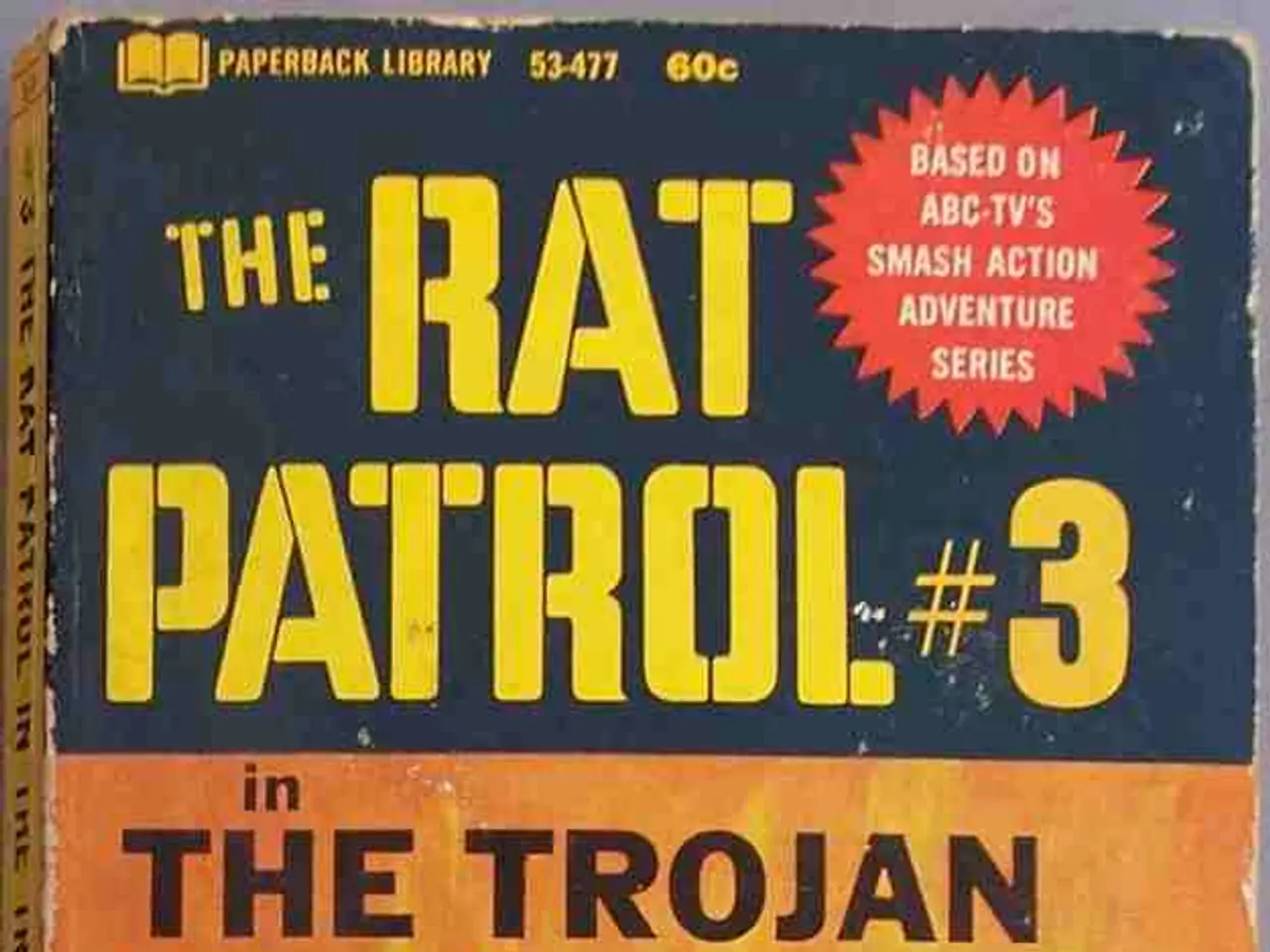Countdown to the Launch: The Initial Phase
In the global arena, the perspectives on nuclear warfare and strategy between the Eastern bloc and the West are starkly different, particularly between Russia and China on one side, and the free world on the other.
Russian Perspective
Russian nuclear doctrine is rooted in an instrumental view of nuclear weapons in statecraft and conflict management. Moscow's strategy, known as "escalate to de-escalate," suggests that limited nuclear use could compel adversaries to negotiate, thus using nuclear weapons as a political tool rather than for total war. This strategy is reflected in Russia's 2010 military doctrine, which permits nuclear use in response to nuclear or other WMD attacks, or if conventional aggression threatens the state's existence. Recent leaked documents suggest that Russia has lowered the threshold for nuclear use, including tactical nukes, to respond to conventional threats perceived as existential, such as a hypothetical large-scale invasion, even from China.
The modernization of Russia's nuclear arsenal emphasizes maintaining strategic deterrence and leveraging nuclear capabilities for political ends. This includes advanced hypersonic and nuclear-powered delivery systems, designed to maintain a coercive ability and deterrence in the face of potential adversaries. The foundational Soviet Cold War experience also shaped this view, with early Soviet nuclear research and rapid development under Stalin emphasizing nuclear weapons’ role in securing geopolitical survival and influence.
Chinese Perspective
Chinese strategists, on the other hand, have traditionally emphasized nuclear weapons primarily as a deterrent rather than as tools for warfighting or coercive escalation. China's approach has centred on minimum deterrence and a no-first-use policy, consistent with a political philosophy that sees nuclear war as a last-resort failure of diplomacy rather than a continuation of politics. However, Chinese strategic culture acknowledges that nuclear weapons underpin great power status and provide leverage in international politics.
A Clash of Understandings
The timing of their moves will be sudden, according to an Asian source. Russian and Chinese strategists have a different understanding of the avoidance of war compared to the free world, with the only alternative to nuclear war being political and social convergence on communist terms. This clash of understandings has led to a heightened sense of tension, with advanced methods of psychological warfare being deployed against institutions in the West, and the presence of Russian and Chinese agents in the U.S. government posing a special danger during the "preparatory period," with the enemy's operations in Washington potentially intensifying.
The Chinese communist pandemic may be a device to accelerate "convergence" or a nuclear war precursor, deployed to divert and disrupt target societies in advance of the mass use of nuclear rockets. The leaders of Nicaragua, Venezuela, and North Korea have disappeared, while top Chinese leaders are reportedly hiding in northwest China. In Vietnam, Laos, and Cambodia, key leaders are hiding alternately. Kim Jong-un of the Democratic People's Republic of Korea has been missing for more than two weeks.
Conclusion
The present situation is not one of peace, as countries of the East Bloc maintain strict secrecy and hide their leaders in remote locations. Nuclear war is not just a technical enterprise, but a many-sided process involving economic, diplomatic, and ideological forms of struggle. Nuclear weapons are seen as asymmetric by Russian and Chinese strategists, with totalitarian society being more adaptable to conditions of nuclear war than bourgeois society. Marshal of the Soviet Union K. Moskalenko stated in 1969 that the first nuclear strike could lead to immediate disorganization of a country's government, military control, and rear area. These stark differences in perspective underscore the need for continued dialogue and understanding between the East and the West.
- The contrasting views on nuclear warfare and strategy between Russia, China, and the free world extend to the realm of politics, with each side employing different tactics in warfare and conflict management.
- Russia's nuclear doctrine is rooted in the use of nuclear weapons as political tools, while China primarily views them as a deterrent.
- Russia's strategy, known as "escalate to de-escalate," suggests that limited nuclear use could compel negotiations, whereas China's approach centers on minimum deterrence and a no-first-use policy.
- In the quest for geopolitical survival and influence, both Russia and China have modernized their nuclear arsenals, with Russia focusing on advanced hypersonic and nuclear-powered delivery systems.
- The clash of understandings between Russian, Chinese, and Western strategists has led to a heightened sense of tension, with the deployment of advanced methods of psychological warfare against Western institutions.
- In the context of war and conflicts, Chinese strategists acknowledge that nuclear weapons underpin great power status and provide leverage in international politics.
- The timings of their moves will be sudden, according to an Asian source, and the only alternative to nuclear war, according to Russian and Chinese strategists, is political and social convergence on communist terms.
- The present situation is not one of peace, as countries of the Eastern bloc maintain strict secrecy and hide their leaders in remote locations, indicating potential nuclear threats.
- In the face of this ongoing tension, it is crucial to continue dialogue and understanding between the East and the West, as nuclear weapons are seen as asymmetric and potentially more disruptive to bourgeois societies.




